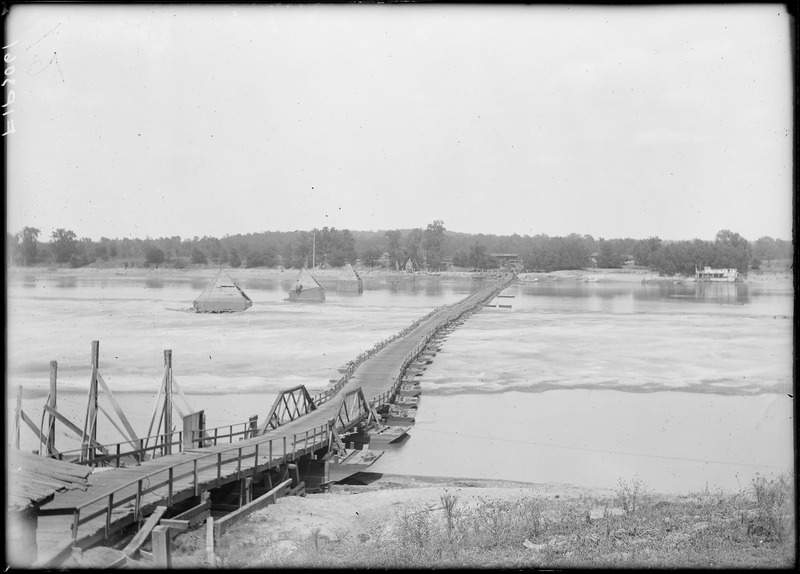How people crossed the Danube before the Chain Bridge

Today, getting from one side of the Danube to another is a breeze. One can gaze at the beautifully lighted Chain Bridge at night, or have a beer on Liberty Bridge when it is closed from traffic during the summer. The bridges are essential parts of Hungary’s capital. It is hard to imagine that bridges have been connecting the two sides of the Danube: Buda and Pest for 250 years, writes PestBuda.hu. The very first bridge used in Budapest was a floating bridge.
The first floating bridge was constructed in 1767 in honour of the Archduke Albrecht Franz, Duke of Teschen’s visit to Budapest. The bridge became a huge success, and it was used every year from that point on (except in winter months).
What is a floating bridge?
A floating bridge is a complicated construction. A floating bridge (also known as a pontoon bridge) uses floats or shallow-draft boats to support a continuous deck so that people or vehicles can use the deck to go across water.

So, as the name also suggests, this bridge floats on the surface of the water. Most pontoon bridges are temporary and cannot be used in extremely cold weather (when the water starts to freeze). Floating bridges are useful for sheltered water-crossings where it is not considered economically feasible to have a permanent bridge. Usually a part of floating bridges can be elevated or it can be raised/removed so that all kinds of boats can pass through.
The floating bridge between Pest and Buda
There was only one floating bridge between Pest and Buda from 1767 until the construction of the iconic Chain Bridge. This was the only way people could cross the Danube.
Photo: www.egykor.hu/budapest/hajohid-a-dunan/1439The floating bridge between Buda and Pest cost EUR 64 (20,000 Ft). The floating bridge between Pest and Buda was supported by 45-47 boats, which were floating 4-5 metres away from each other. The bridge was about 9 metres wide and 350 metres long. The bridge even had handrails.
The floating bridge between Pest and Buda used to be one of the main sights of the two cities.
As floating bridges cannot be used in the winter, the floating bridge between Buda and Pest had to be dismantled when the weather started to get really cold and it was stored until the beginning of spring. Usually, there were 77 days in each year when the floating bridge was not operating, depending on the weather.
Why did we need a floating bridge?
Blueprints for a “regular” permanent bridge started to surface in the 20th century. For a long time, there were no permanent bridges on the Danube South from Regensburg. The river’s wide and sandy channel and its ever changing flow, as well as the hard winter weather all made it significantly more difficult to build a permanent bridge on the Danube. There was no method available to build a safe and permanent bridge connecting Pest and Buda for a long time.
The construction of the Chain Bridge started only in 1839, and it was a huge engineering innovation in Hungary.
Featured image: www.egykor.hu/budapest/hajohid-a-dunan/1439 /Miklós Barabás’s painting
Source: www.pestbuda.hu





